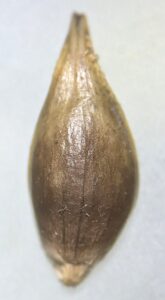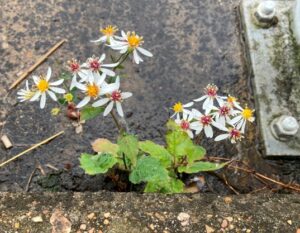2023 County Report for East Kent, West Kent
Geoffrey Kitchener and Sue Buckingham
This report covers both East Kent (vice county 15) and West Kent (vice county 16) and is only a brief outline. For a full report, please refer to Kent Botany 2023. This should be on the Kent webpage, but unfortunately in recent years BSBI has been slow to refresh the county webpage and as at January 2024 the 2023 issue of Kent Botany had still not been posted, even though available since the beginning of 2023. Similarly, sporadic progress has been made with restructuring the Kent webpage, although a milestone was reached with BSBI making available online the full rare plant register.
As at 1 January 2024, some 20,800 Kent records for 2023 were added to the BSBI database, covering 1,315 different taxa in 803 monads. There were eight plants recorded as new to East Kent and seven new to West Kent. Nine Kent Botanical Recording Group field meetings took place, ranging from north Greenwich in the west to Thanet in the east, and including joint sessions with Kent Field Club, Surrey Botanical Society, Sussex Botanical Recording Society and the Wild Flower Society.
Monitoring surveys took place for Kent Biodiversity Strategy (KBS) species Orchis purpurea (Lady Orchid) and Polygala amarella (Dwarf or Kentish Milkwort). We have involvement in the preparation of the county Nature Recovery Strategy which is to replace the KBS. Further representations were made in relation to development proposals which continue to threaten the Himantoglossum hircinum (Lizard Orchid) colony at Betteshanger, the second largest in the UK.




